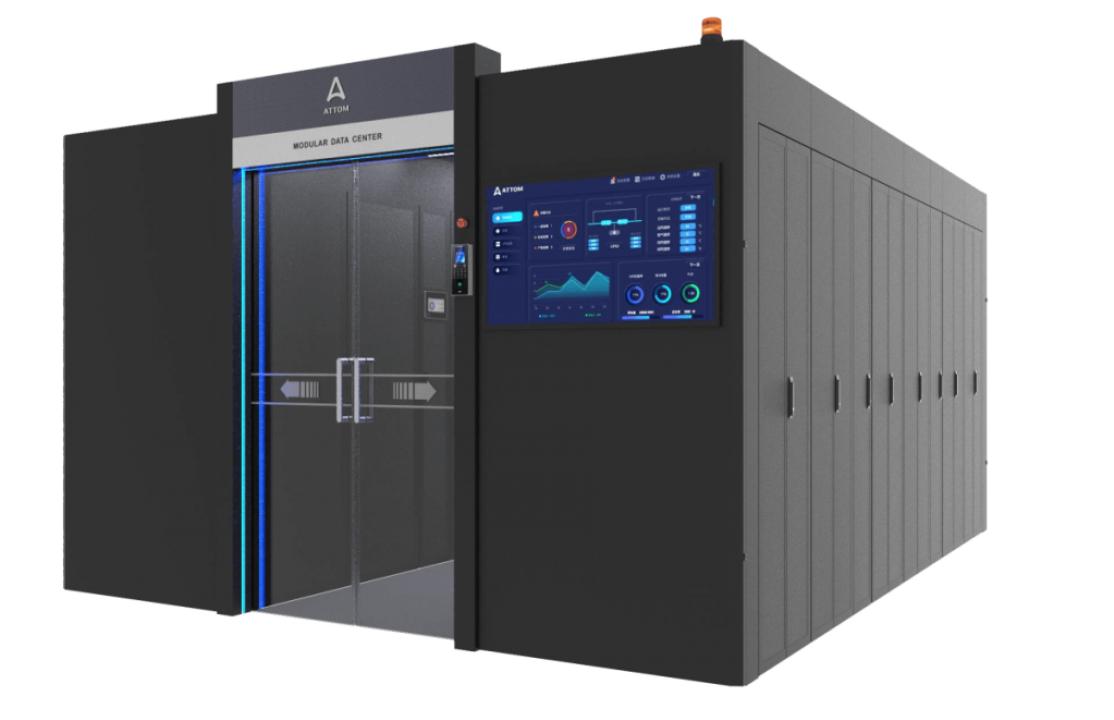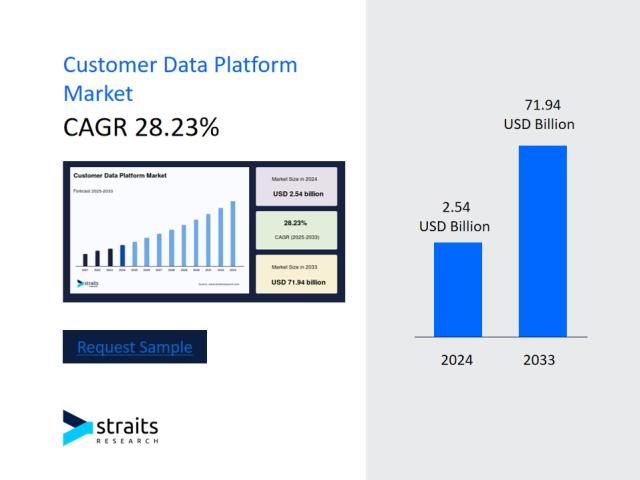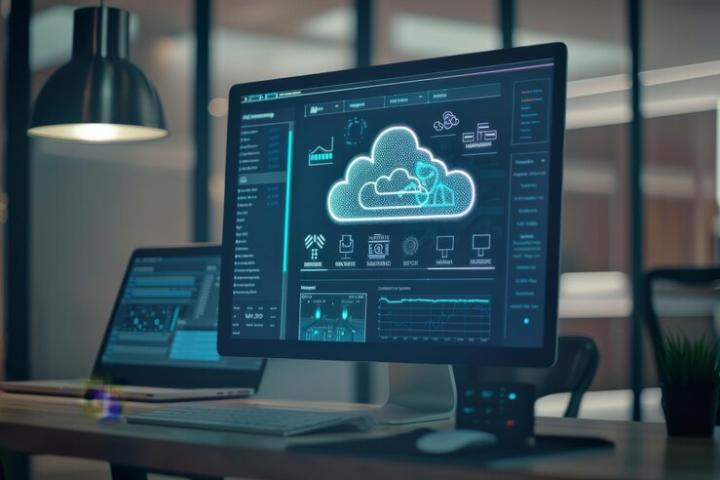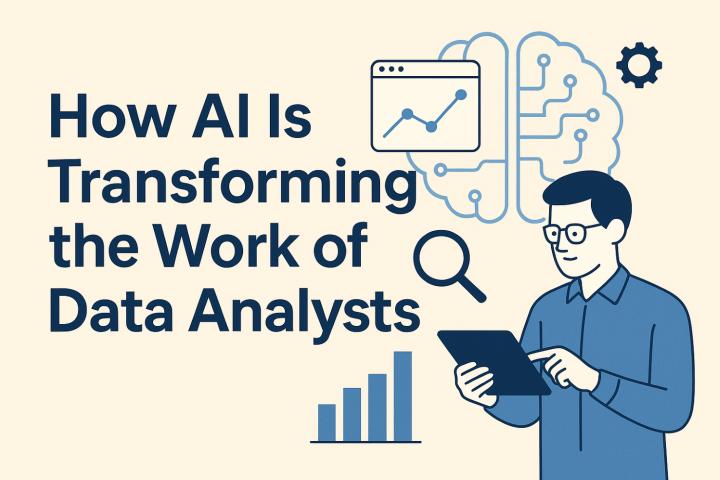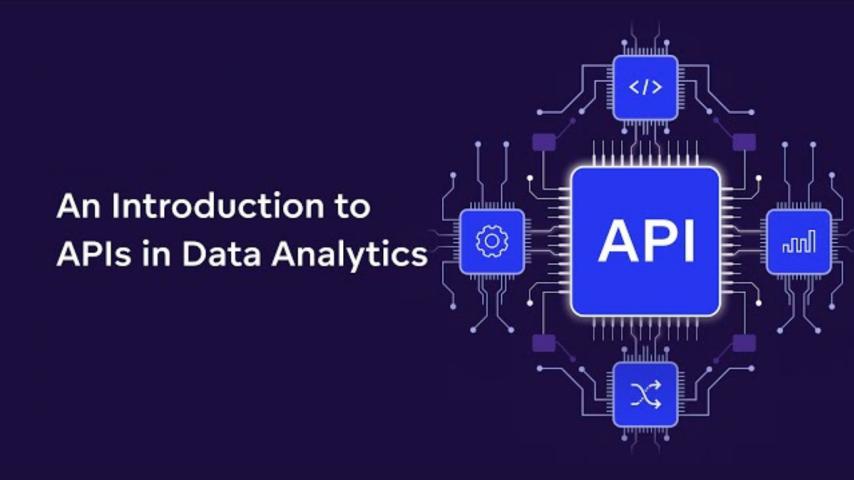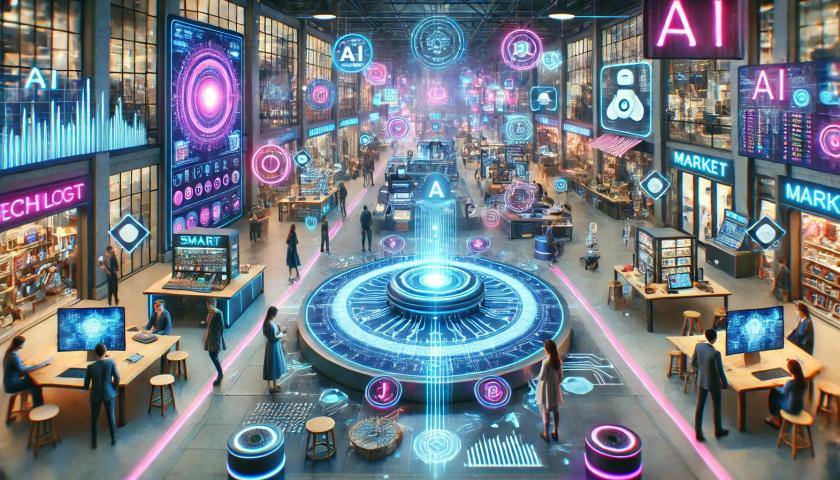In the age of digital transformation, data centers play a crucial role in powering everything from mobile apps and cloud storage to AI, IoT, and global communications. They are the silent engines behind the internet, processing, storing, and managing massive volumes of data every second. As businesses and technology continue to scale, so does the need for highly efficient, secure, and sustainable data center infrastructure.
What is a Data Center?
A data center is a facility that centralizes an organization’s IT operations and equipment. It stores, manages, and disseminates data and applications critical to business operations. These facilities can range from small server rooms to massive campuses housing thousands of servers.
Modern data centers support cloud computing, machine learning, big data analytics, and more. They are designed to ensure uptime, data integrity, and security, with built-in redundancies like backup power supplies, cooling systems, and disaster recovery protocols.
The Need for Efficiency and Optimization
With rising energy costs and increasing data demands, the efficiency of data centers has become a top priority. Organizations now focus on reducing energy consumption while maximizing performance. This has led to innovations in cooling, airflow management, and infrastructure design.
One of the most effective strategies for optimizing performance and energy use is the implementation of data center containment solutions.
What Are Data Center Containment Solutions?
Data center containment solutions are advanced systems designed to manage airflow within the facility. By separating hot and cold air pathways, these solutions enhance cooling efficiency, reduce energy costs, and improve overall equipment performance.
There are two main types:
-
Hot Aisle Containment (HAC): Encloses the hot aisle, directing heated air away from servers and into cooling systems.
-
Cold Aisle Containment (CAC): Encloses the cold aisle to prevent cold air from mixing with warm air, maintaining optimal server temperatures.
These containment solutions are essential for maintaining thermal balance, prolonging hardware life, and supporting sustainable IT infrastructure.
Benefits of Data Center Containment
-
Improved Energy Efficiency
Reduces the need for excessive cooling, cutting down energy costs. -
Enhanced Equipment Performance
Stable temperatures help servers and storage devices run optimally. -
Scalability
Supports future expansion without compromising system performance. -
Environmental Impact
Lower energy consumption contributes to a greener, more sustainable operation.
The Future of Data Centers
As the world moves toward smarter cities, autonomous systems, and AI-driven ecosystems, the demand for high-performance data centers will only increase. Integrating solutions like data center containment will not just be a best practice—it will be a necessity.
Innovations such as modular data centers, edge computing, and AI-powered monitoring will shape the future of how data centers operate and evolve.
Final Thoughts
In today’s hyper-connected world, data centers are more than just IT hubs—they’re the backbone of global digital infrastructure. As the need for faster, more efficient data handling grows, so does the importance of smart technologies like data center containment solutions. Investing in the right infrastructure today ensures stability, performance, and sustainability for tomorrow.
